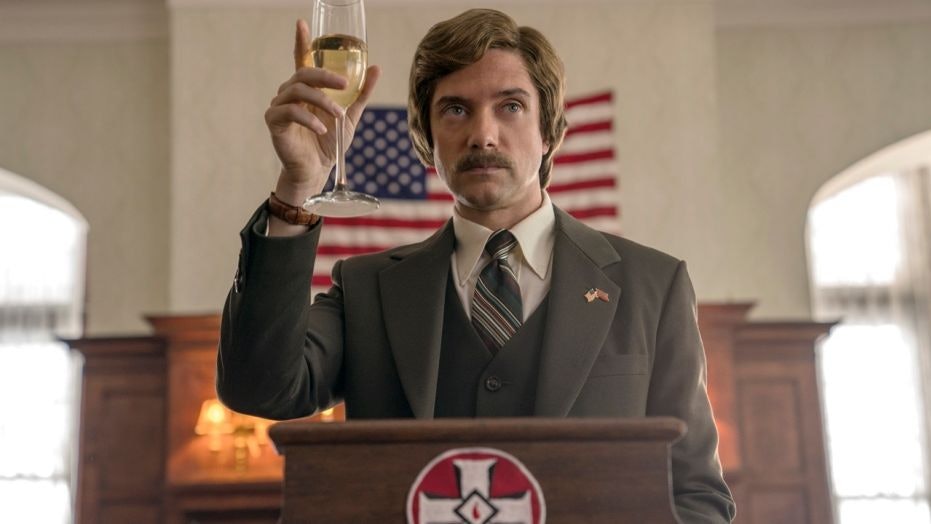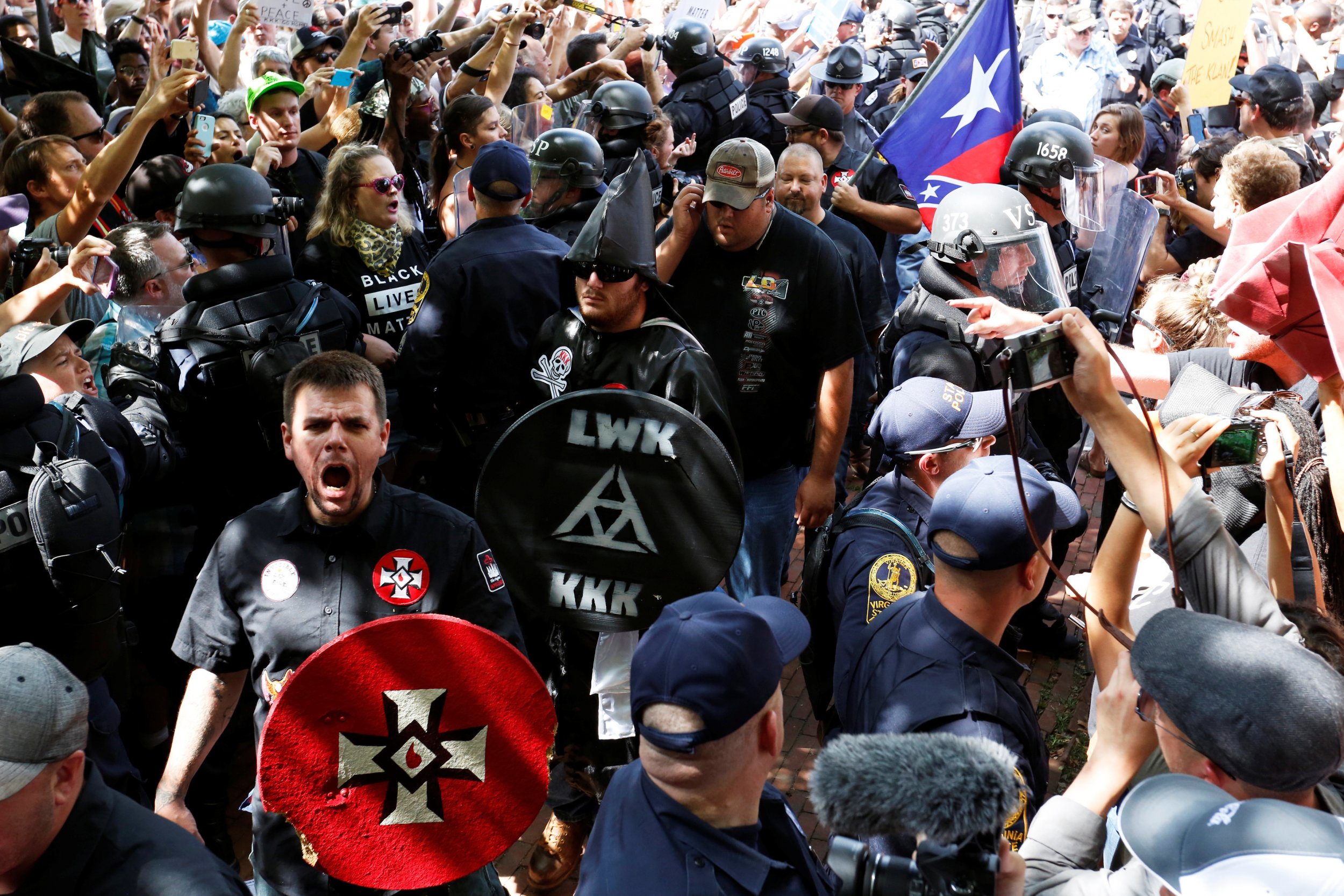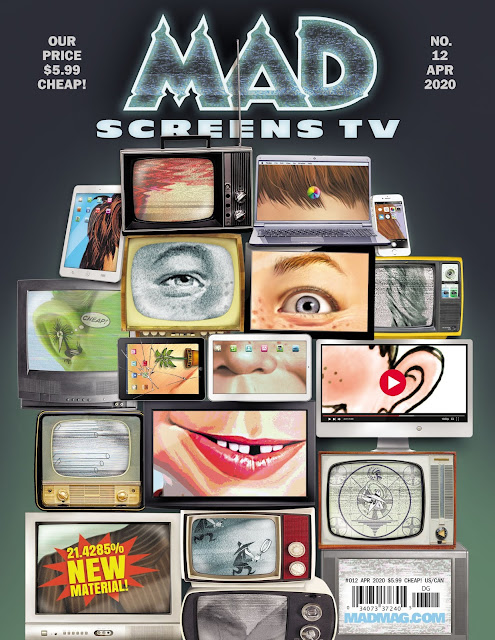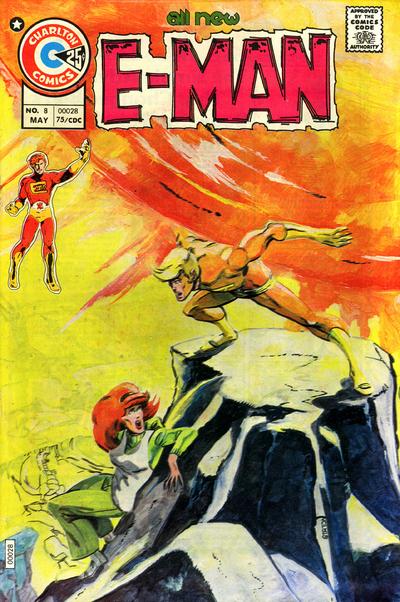Let me take advantage of this extra day in February in the year 2020 to look at one of the most important publications in comic book history, and one which just happens by the way to feature a compelling "blaxploitation" character and takes it to a new level in a new format, and as it turns out into a new marketplace as well. Comic books were dying off in the Bronze Age as newsstands quit carrying them as their profitability became harder and harder to achieve. New ways to meet the dwindling numbers of the comic book consumer were needed and the direct market was fashioned to give publishers new life and to give the fan new comics, and as it turned out comics unlike anything ever seen before.
The "graphic novel" was just being born and early examples are Contract with God by Will Eisner and Red Tide by Jim Steranko among others. But the one which cracked the code in the new marketplace was a "graphic album" or "comic novel" from a brand new company named Eclipse. It featured a brand new hero, one fashioned by two creators at the top of their games. Don McGregor had made his bones on "Panther's Rage" in Jungle Action for Marvel Comics and likewise Paul Gulacy had dazzled one and all with beautiful issues of Master of Kung-Fu. These two talents combined forces and so was born Sabre.
 |
| (Regular comic reprinting the first half.) |
 |
| (Regular comic reprinting the second half.) |
The America of this 2020 is one that has suffered from famines leading to epidemics in the shadow of massive radiation leaks creating uninhabitable wastelands and leading to a nation under defacto martial law. (The prediction is pretty dire, and most of it hasn't happened, but we have Trump, so it's a bit of a wash.) In this world is born the first test-tube child, the fatherless and motherless Melissa Siren who is the romantic interest of our black rebel hero known just as Sabre, a man filled with a need for liberty and to fight for that liberty with the aplomb of a vintage Errol Flynn character.
 |
| (10th Anniversary Reprint) |
McGregor's story moves at the pace he dictates quite literally with his verbose style leading the reader leisurely through this new world. Once in a while he wears me out, but in this story is seems to work better than usual. (Annette Kawecki, the letterer sure earns her drachmas in this one.) Paul Gulacy's debt to the great Steranko is evident, as he crafts pages which sometimes look like lost parts of a Nick Fury, Agent of SHIELD story. But in the end it all comes together, the whole greater than the sum of the parts and we have if not a masterpiece, a virtuoso performance of the higher order.
And puts a nifty bow on Black History month. Tomorrow the Dojo goes to War!
Rip Off


























































